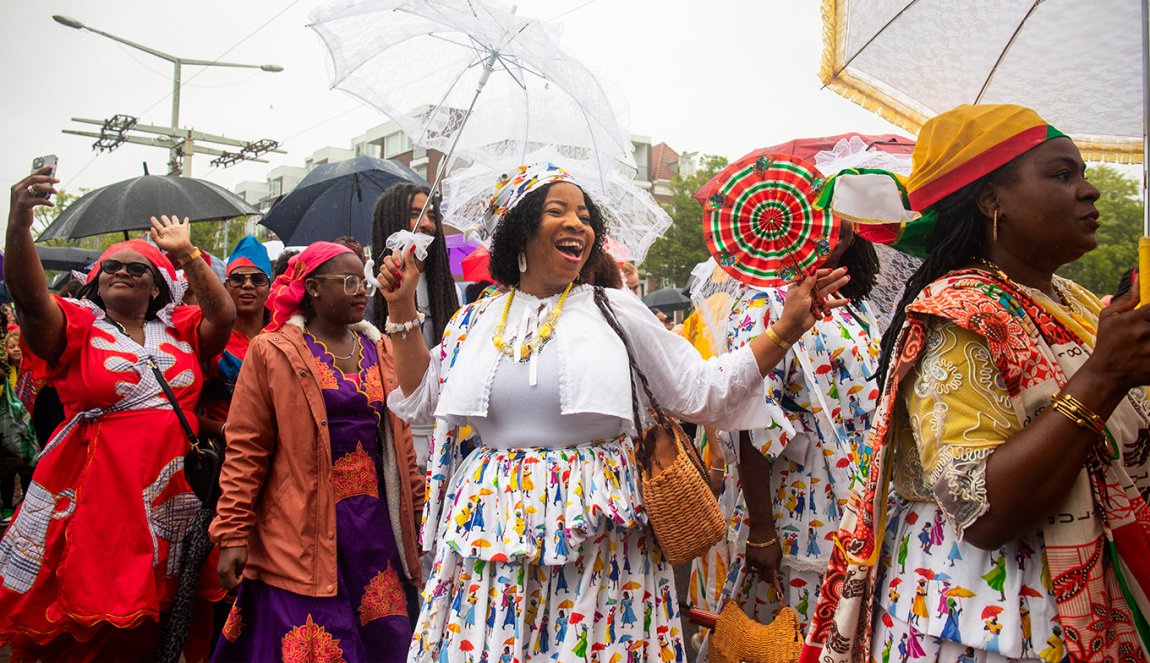
80 years of freedom
A free country
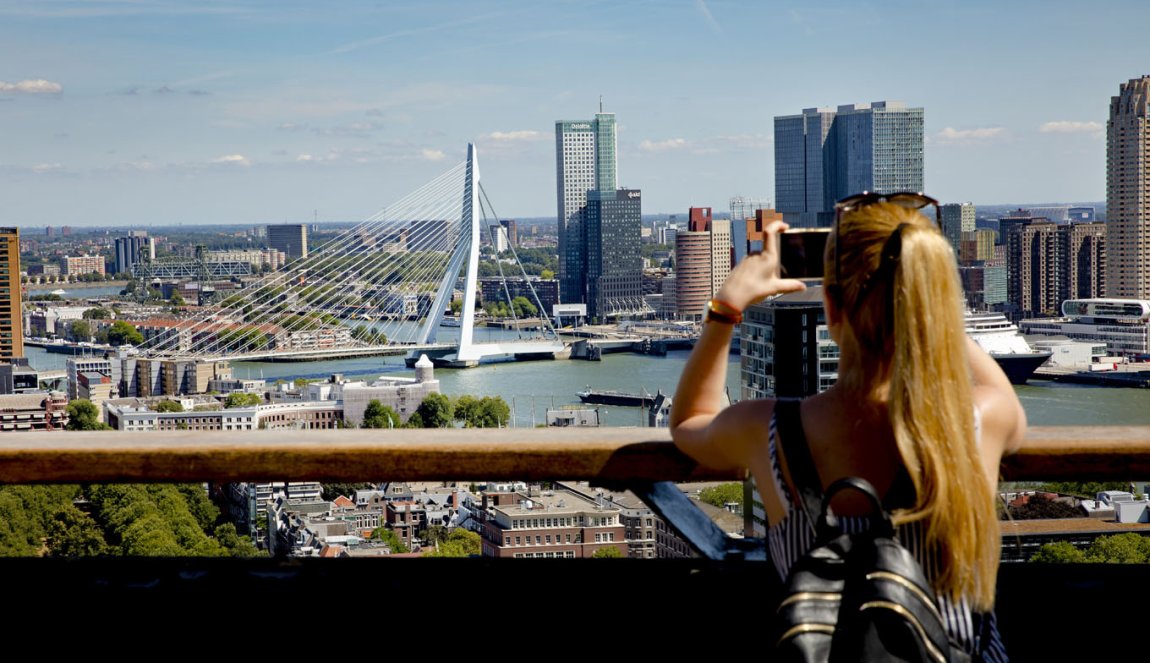
In 2025, it will be exactly 80 years since the end of World War II. The Netherlands has been a free country for a lifetime now. This calls for a celebration at various times and places throughout the land. But what does freedom mean and how is it valued in the Netherlands?
Life in the Netherlands was totally disrupted after the war. Houses, factories and buildings were levelled or damaged. Rotterdam – now one of the most innovative cities in the Netherlands – was almost completely flattened by bombs. Bridges, roads and railways across the country were destroyed by the violence of war. But the country was rebuilt thanks to the combined efforts of the populace. Fortunately, we were willing to work hard to be able to live in freedom.
Did you know?
In his book Ethics, one of our most famous philosophers – Baruch Spinoza – explores how man can be free. This was a revolutionary message at the time.
It is therefore rather painful but important to remember that the Netherlands immediately started its own war in 1945, in response to Indonesia's declaration of independence. A war in which it later became known that extreme violence was used against the Republic of Indonesia. Visit the Indisch Herinneringscentrum [Indonesian Remembrance Centre] in The Hague to learn about the shared history of the Netherlands and Indonesia, focusing on World War II and decolonisation.
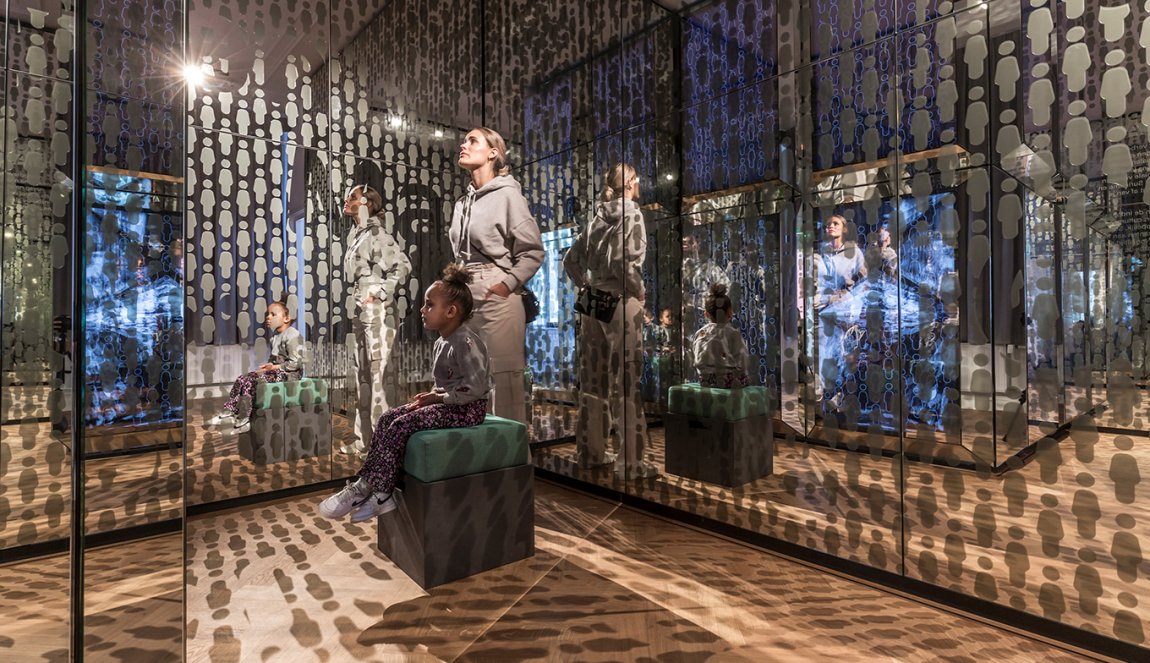
More
freedom! More pleasure?
Increased prosperity and more free time: the 60s and 70s saw the arrival of the refrigerator, washing machine and no work on Saturdays. Moreover, in 1963, birth control pills became available in the Netherlands, giving women sexual liberation. A second wave of emancipation, student protests and social desegregation meant that the Netherlands became freer in many ways during these years. How we handle our past and present freedom can be experienced in Hof van Nederland in Dordrecht.
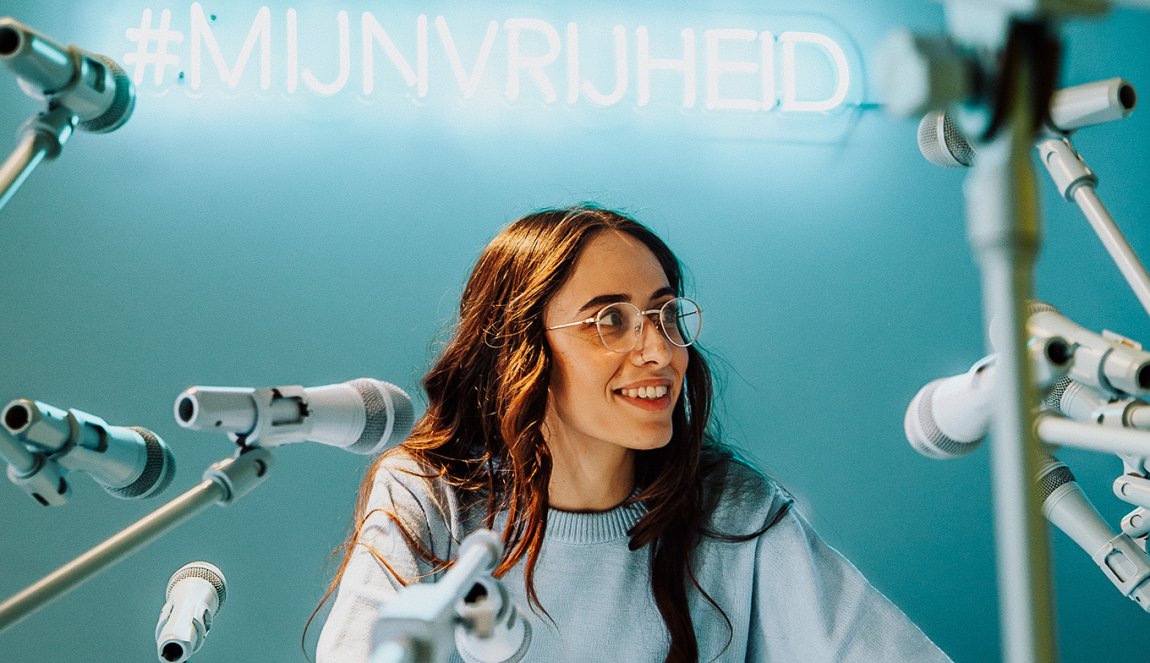
The fall of the Berlin Wall and the collapse of the Soviet Union in the late 1980s meant the end of the Cold War in the Netherlands. This brought even more freedom but things took a turn for the worse at the beginning of the 21st century. The repercussions of terrorist attacks in America and Europe, large-scale migration, the climate crises and the assassination of a Dutch politician and a Dutch journalist are still being felt today.
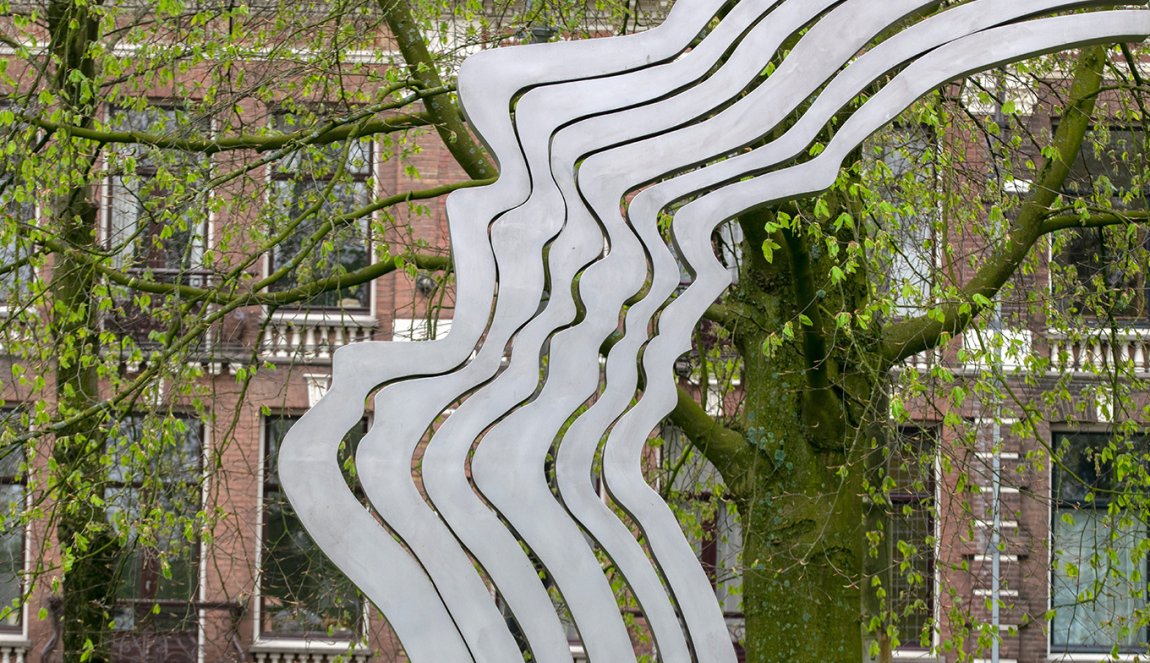
Freedom and responsibility
We wouldn't really fully appreciate our freedom until it was limited by the COVID pandemic in early 2020. The government had to take measures to limit the spread of the virus, which mainly amounted to staying indoors. It affected us deeply. Most Dutch people had never been denied their freedom in such a way before. At the same time, the pandemic revealed the foundation on which freedom rests in the Netherlands: the democratic rule of law.
The will to actively protect freedom globally has only increased in a world with changing relationships and the balance of power between countries and instability around Europe. The Peace Palace in The Hague is an icon of the values of peace and justice. You can book guided tours in and around the palace. The garden features many international artworks that visualise the importance of peace and freedom.
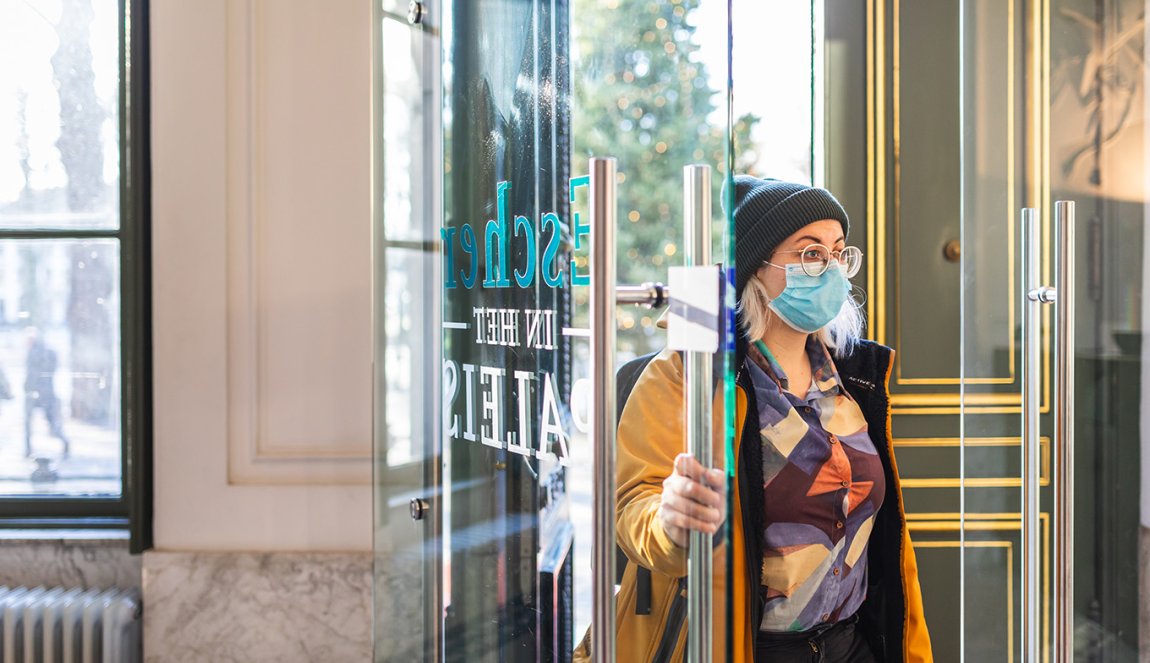
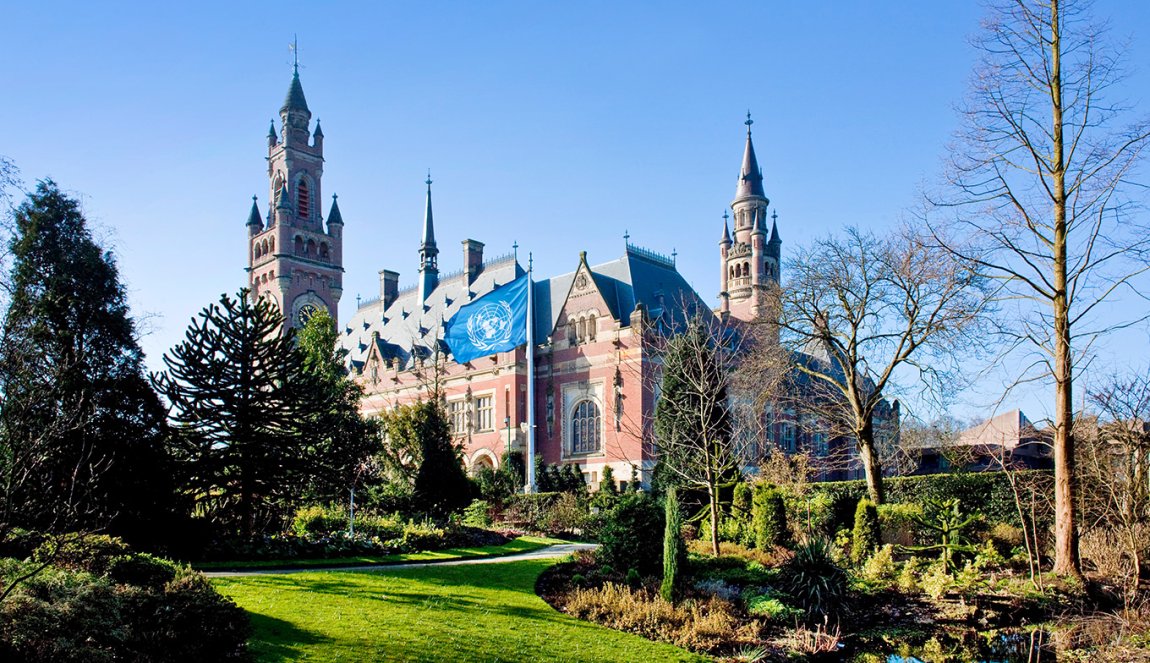

History of freedom
The brave Batavi
According to legend, the Dutch are descended from the Batavians: an ancient freedom-loving Germanic tribe who bravely fought against the Romans at the beginning of the common era. According to historians, the Batavians were never actually located in the region, yet we seem proud of our Batavian 'roots'. This is evidenced by the VOC (Dutch East India Company) naming one of their important ships after our so-called ancestors in the 17th century. You can still visit a replica of that VOC ship: The Batavia.
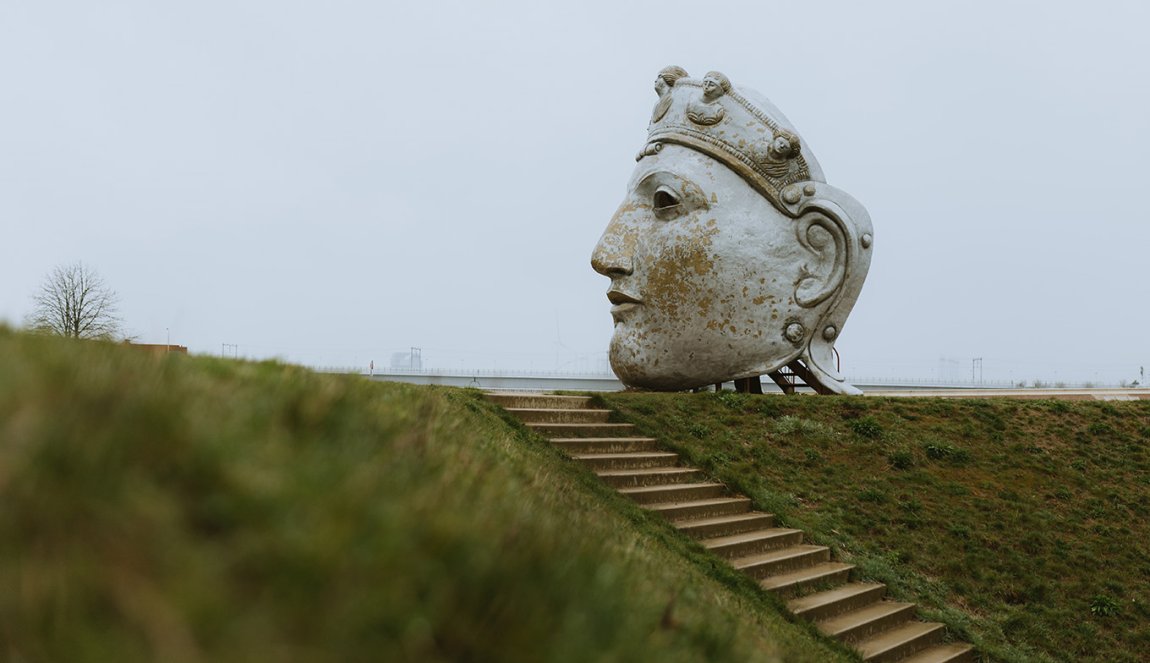
Water as a weapon
The Eighty Years’ War and the revolt against Spanish rule played an even more defining role in how the Netherlands views itself. We intentionally flooded strips of land as a method of defence. Looking out from Bourtange Fortress you can just imagine how we triumphantly watched the enemy sink into the swamp. Many concepts about our identity stem from this period: a free trading nation, a tolerant society and a safe haven for minorities and freethinkers.
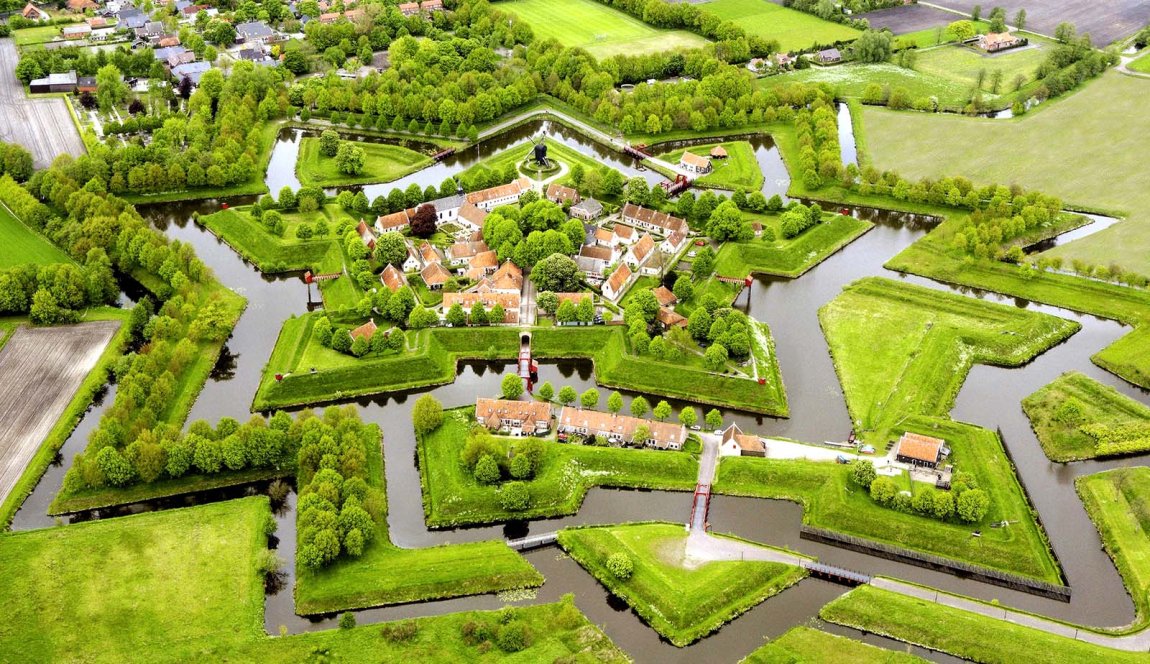
The
Eighty Years' War lasted from 1568 to 1648.
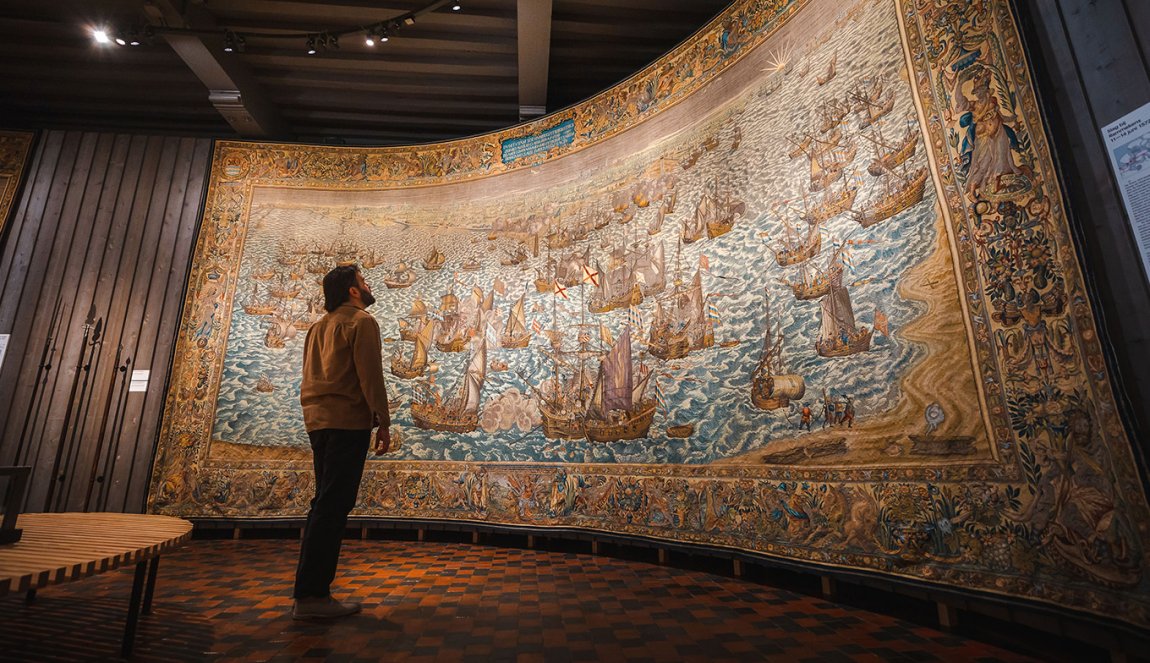
A dark history of subjugation
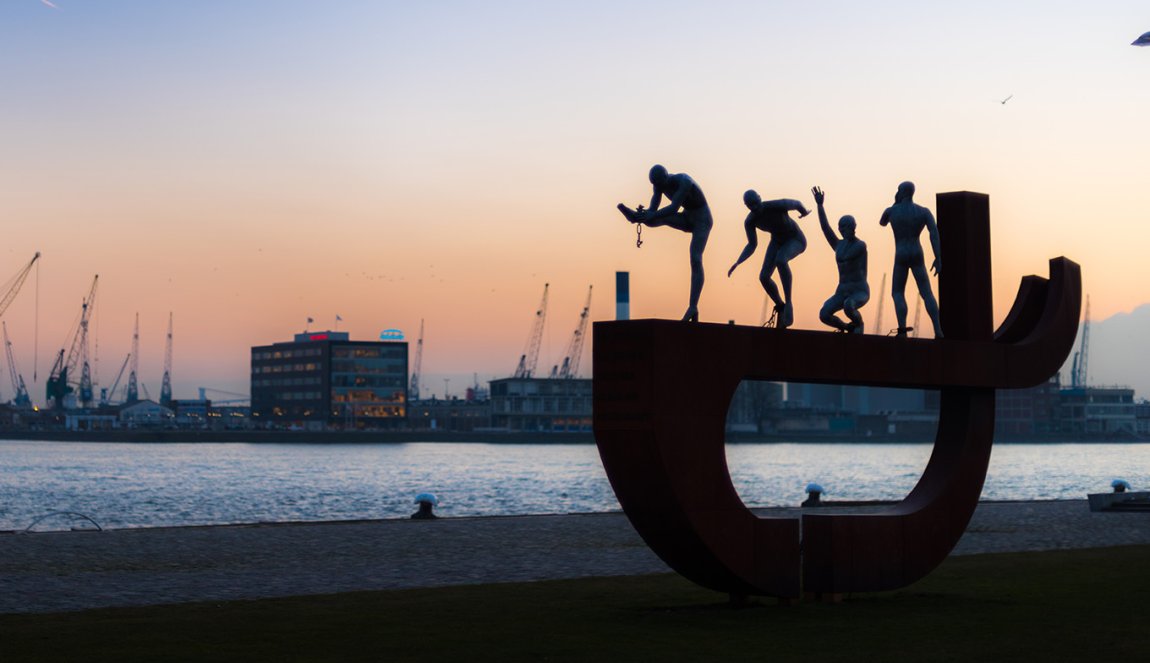
We also have a darker story to tell when it comes to freedom – or the lack of it. The Republic did not shy away from subjugating others and depriving them of their freedom. There is (rightful) increasing attention for and recognition of the extensive slave trade and violent colonialism we have been guilty of. One example of this is the National Slavery Museum which aims to build a bridge to a shared future from a shared past, will open its doors in 2028.
In 1848, a new constitution was introduced in the Netherlands, written by Prime Minister Thorbecke. The constitution was an important milestone in the democratisation of the Netherlands and included freedom of education, freedom of the press and freedom of religion. The king's power was significantly curtailed and the rights and freedoms of the people were increased.

World War II
An occupied country
German soldiers crossed the Dutch border on 10 May 1940. Not long after, they bombed Rotterdam and our army command made the difficult decision to surrender. The Netherlands was under occupation. Of course, all of this was preceded by a series of other events. Visit the War Museum Overloon to see how these events led to war, but also how the oppressed population resourcefully dealt with restrictions and shortages.
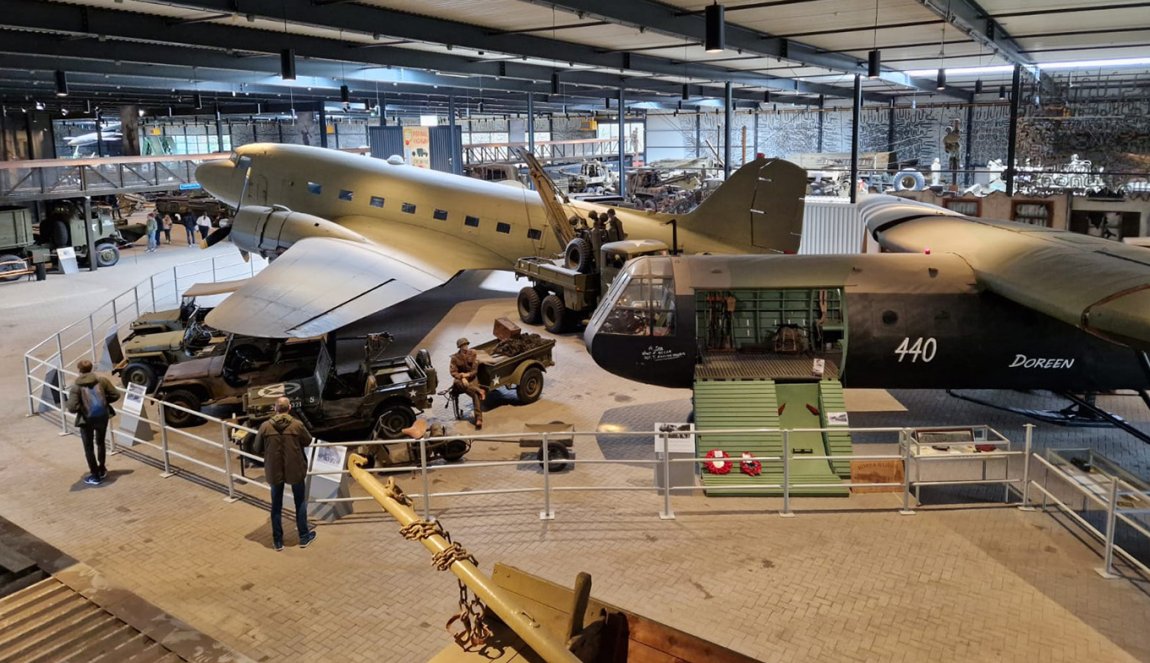
At the beginning of the war, most people were anti-German in a passive sort of way, but resistance grew stronger starting in 1943. Scheveningen prison was called The Oranje Hotel. More than 25,000 people were detained here during the war after being arrested for things the occupying forces considered offences. The detainees included resistance fighters, Jews, communists, Jehovah's Witnesses and black-marketeers. Visiting this 'hotel' makes you realise just how fragile freedom is.
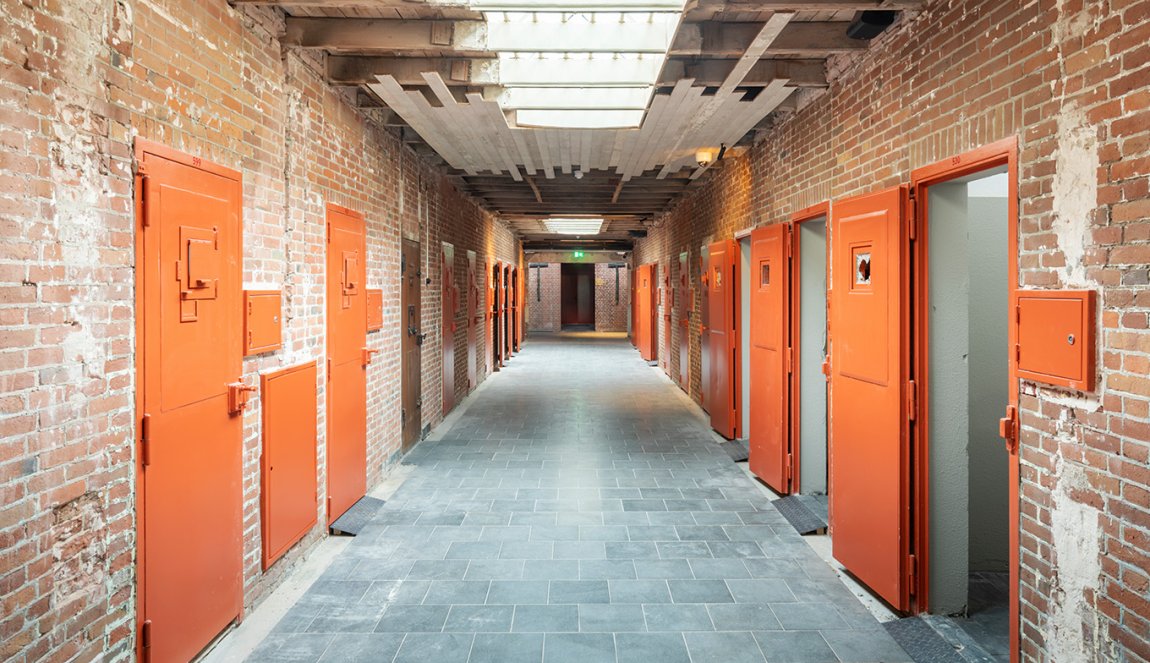
Consorting with the enemy
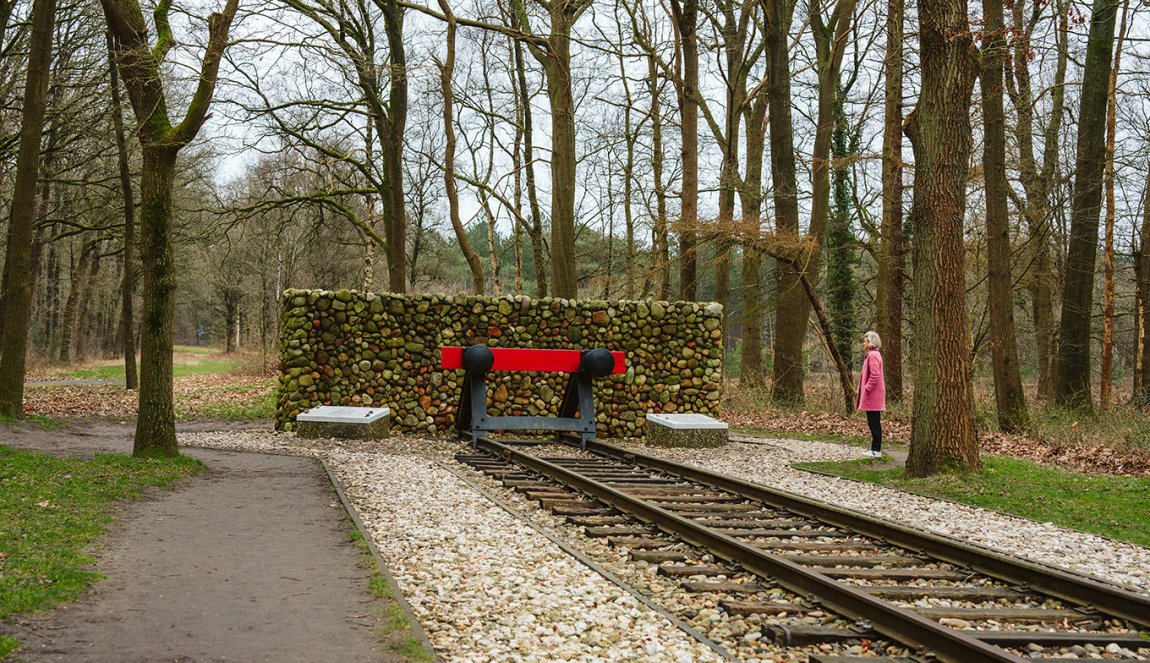
During the occupation, there were also Dutch people who voluntarily cooperated with the Germans: collaborators. They aided in the persecution of Jews, betrayed people in hiding and resistance organisations, or joined the German army. The NSB was a political party that collaborated with the Germans. Some 25,000 Dutchmen joined the Waffen-SS and fought alongside the Germans to expand the Third Reich.
It’s disturbing to realise that before World War II, Jews and non-Jews lived peacefully side-by-side in the Netherlands but that about 107,000 of the 140,000 Dutch Jews were deported during the war. Many of them were initially sent to Camp Westerbork near the German border. Ultimately, only 5,200 Jews returned alive. The National Holocaust Museum places the persecution of Jews in the Netherlands centre stage and gives a human face to one of humanity’s darkest chapters.
A bridge too far
In September 1944, the Netherlands was on the verge of liberation but the Allies were unable to cross the John Frost Bridge during the Battle of Arnhem. Arnhem was not liberated until April 1945. You can still find traces of that battle for freedom there. Not only in museums but also more subtle and subdued reminders via sculptures and other (outdoor) art.


Remembrance and celebration
Our fragile freedom
When the northern part of the Netherlands was finally liberated in the spring of 1945, the Netherlands was once again a free country. As we steadily got back on our feet over the subsequent years, everyone was very aware of the importance of never forgetting how precious and vulnerable our freedom is.
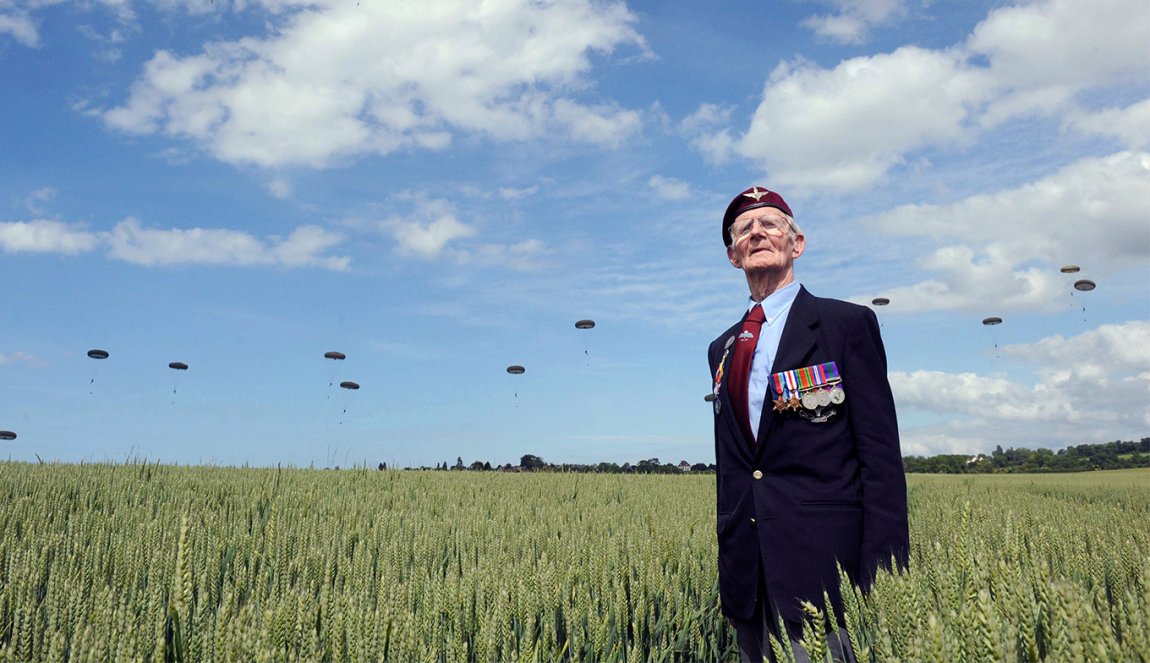
The hilly landscape around Groesbeek was the site of two major Allied operations prior to our liberation: Operation Market Garden and Operation Veritable. It is the perfect setting to commemorate the war by immersing yourself in the Story of War and Freedom without Borders.
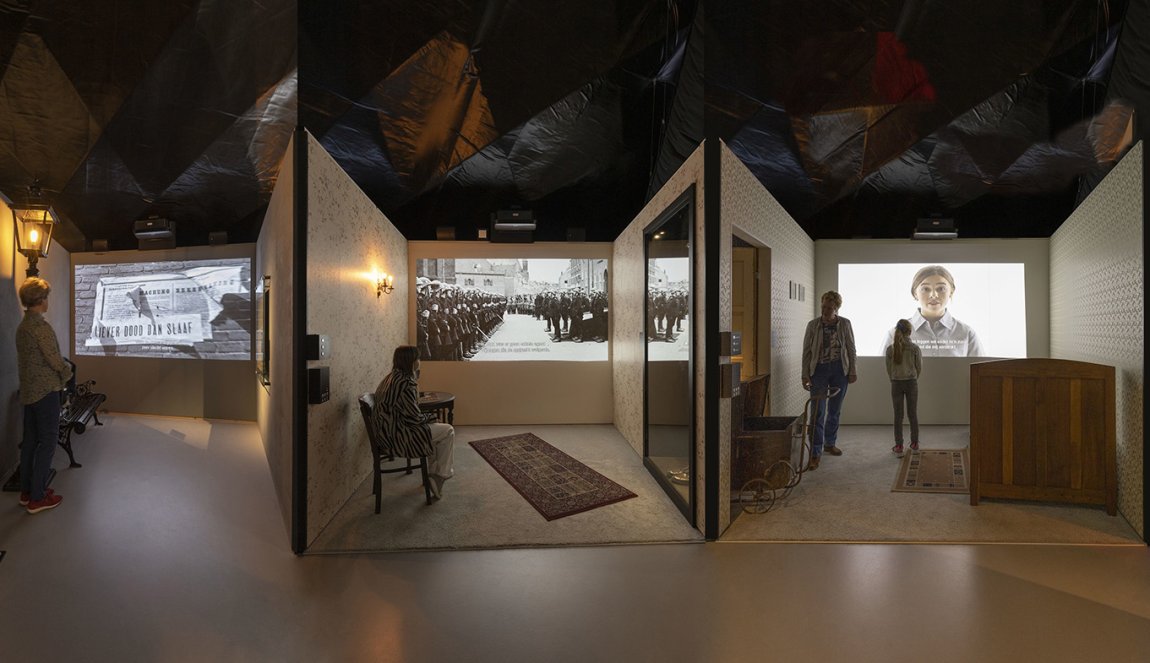
Names and stories
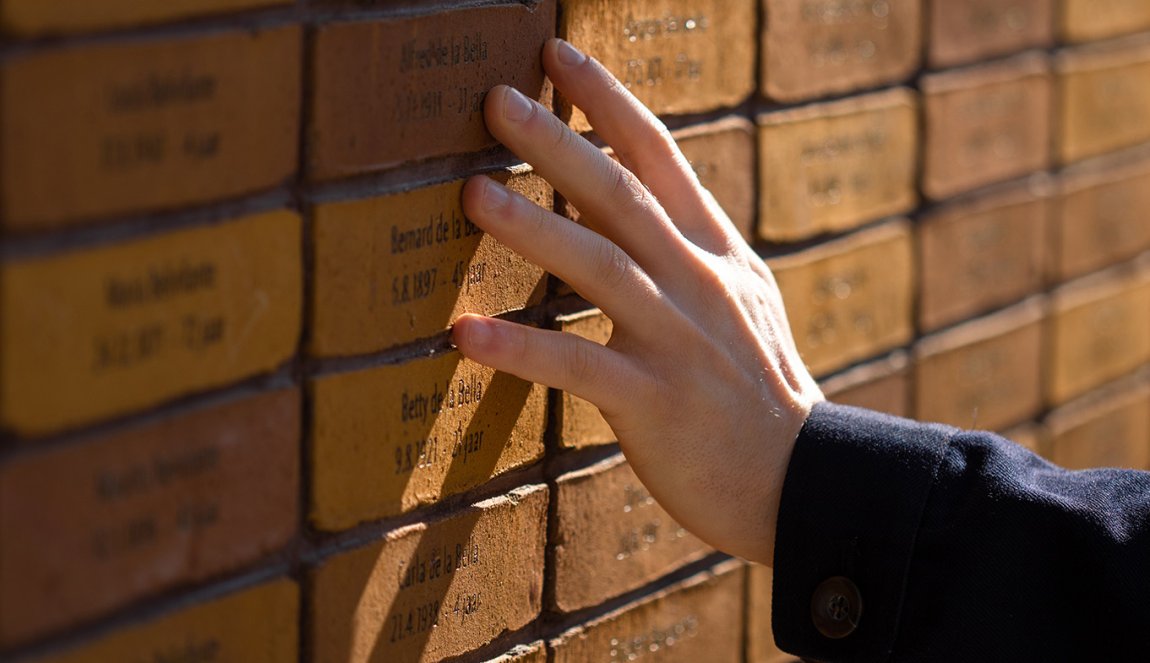
In 2021, the Holocaust Names Memorial was unveiled, a labyrinth of brick walls with steel letters. The stones bear the names of the 102,000 people who were never given a grave. Each stone represents a human being with their own story and own life. The Names Memorial fills in the blank pages of the histories of family, friends and neighbours.
Did you know?
The National Holocaust Names Memorial consists of four Hebrew letters that together form the word 'Zikaron' (memory).
Stories of freedom and resistance
Many stories come together in the Liberation Route Europe, a walking and cycling route linking memorial sites across Europe. Personal stories about war and freedom can be experienced at the permanent exhibition in Vught called 'Camp Vught: seven seasons and 32,000 stories', on the Loenen National Field of Honour or at the American Cemetery in Margraten, where every grave tells an impressive, poignant story.

Because
the stories remain.
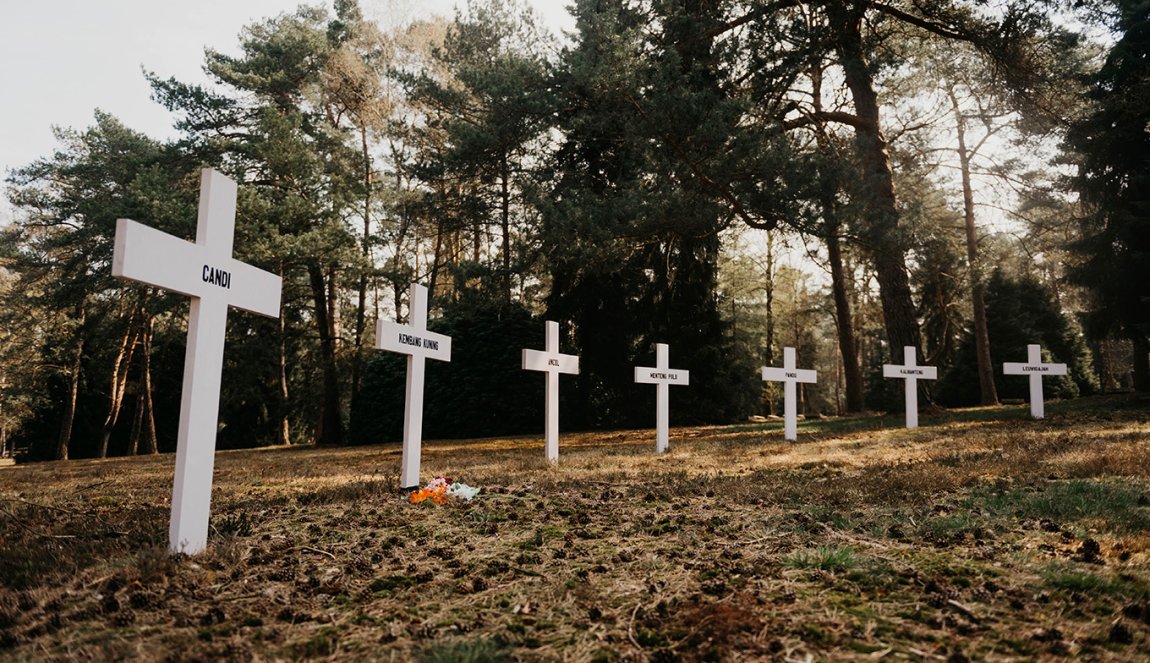
Celebrate freedom!
In the Netherlands, 4 and 5 May are still all about remembrance and celebration. We prefer to celebrate in a colourful, exuberant and noisy way. The Liberation Festivals have been widely celebrated in the Netherlands for more than 30 years. These annual festivals feature more than 200 performances spread across cities throughout the country.
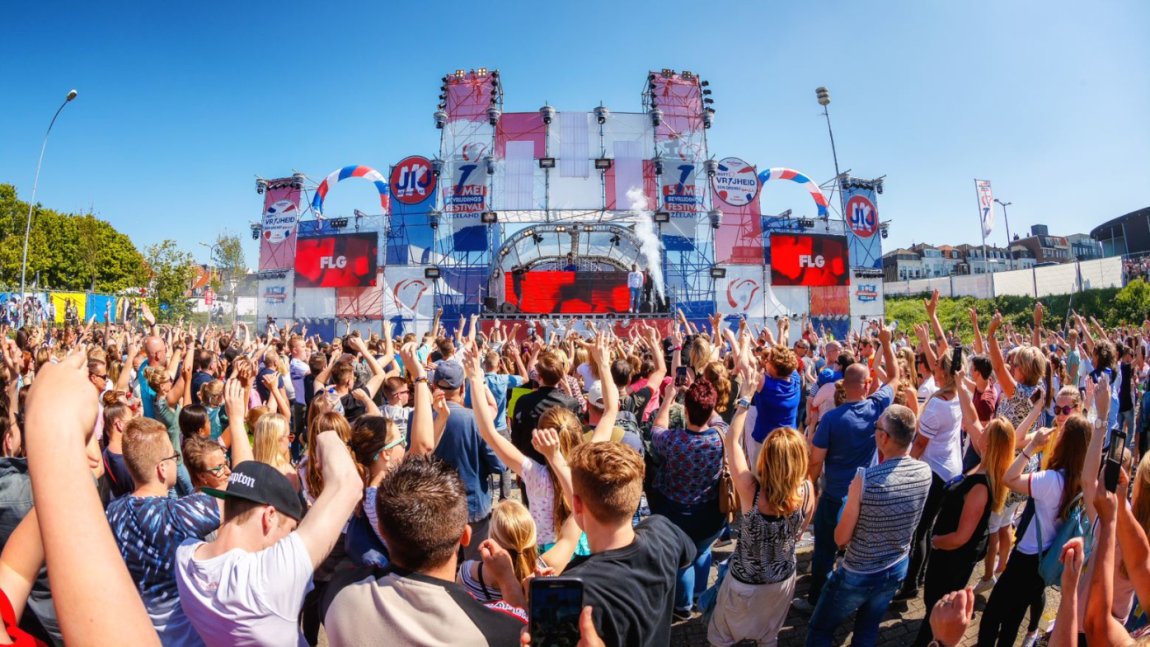

The meaning of freedom
Feel free
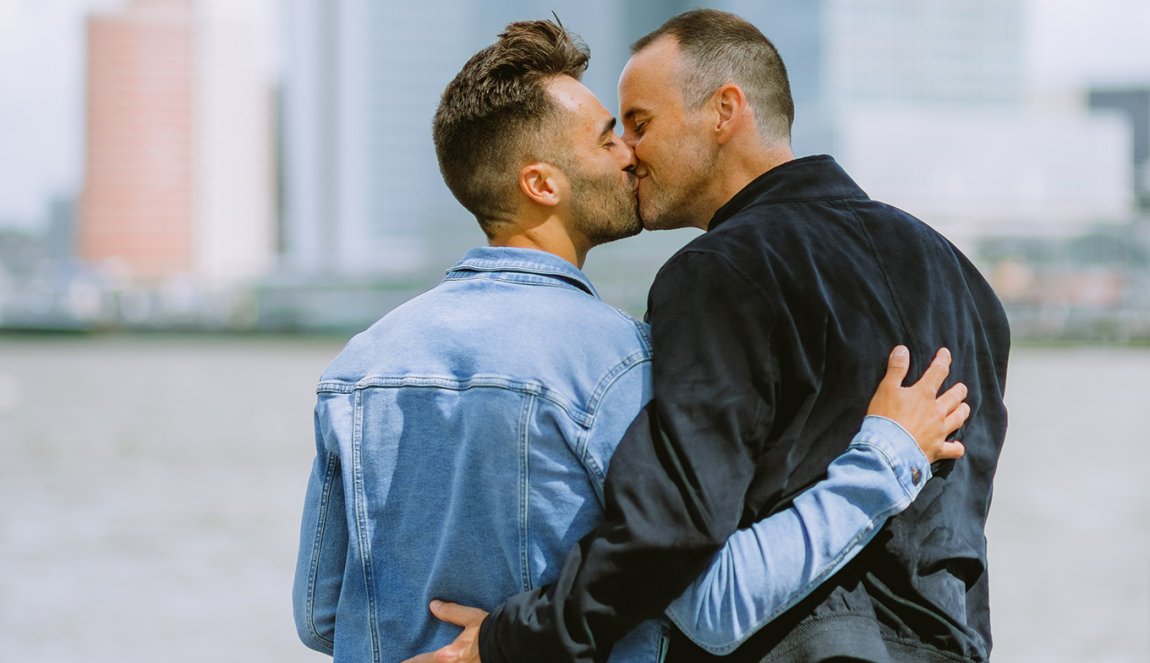
Freedom can mean many things and take many forms, from being free from war and violence to being able to do your own thing. The latter could be called a typically Dutch trait. But being able to be who you are and say what you think or how you feel are things we gladly call typically Dutch.
For many people, Pride Amsterdam is the start of a nice long LGBTQ+-friendly holiday in the Netherlands. While it makes perfect sense for Amsterdam to host World Pride in 2026, Rotterdam, Utrecht, Eindhoven and Groningen also exuberantly celebrate LGBTQ+ acceptance with colourful Pride events.
Did you know?
The world's first same-sex marriages were officiated in the Netherlands on 1 April 2001.
Country of migration stories
Whether it is about cultural background, gender, sexual orientation, family composition or ability to work, the Netherlands is becoming increasingly diverse. Nearly 25% of Dutch people have an immigrant background. In 2025, FENIX opens in Rotterdam. This is a cultural venue inspired by migration stories from around the world.
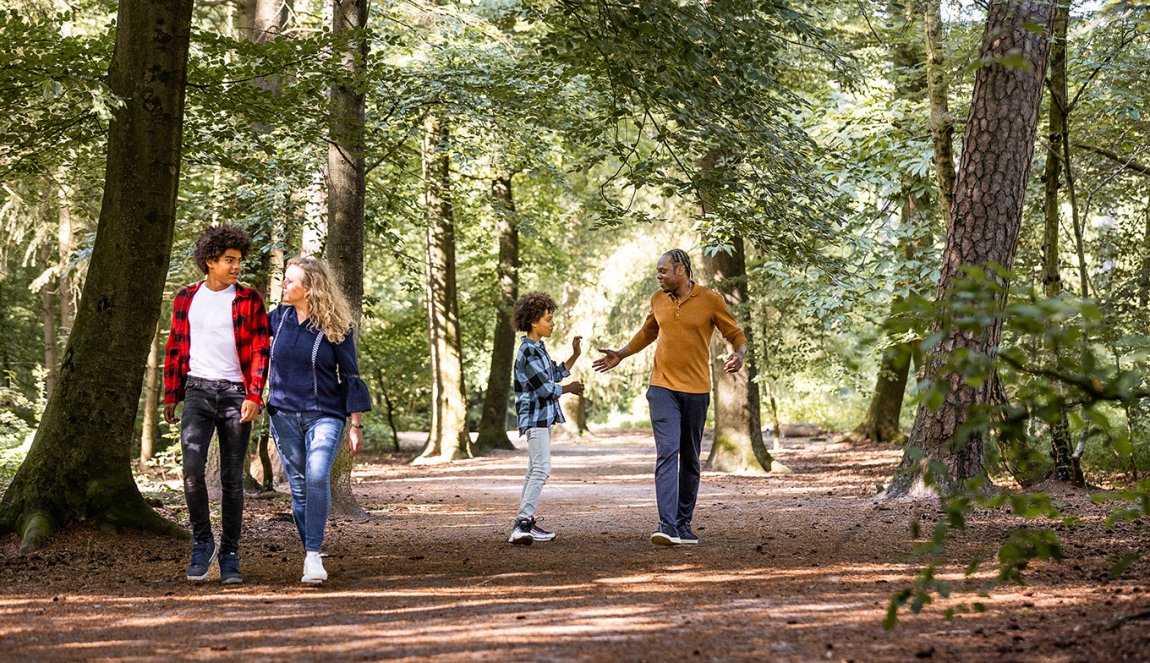
About
love and farewell, about coming home and feeling at home.
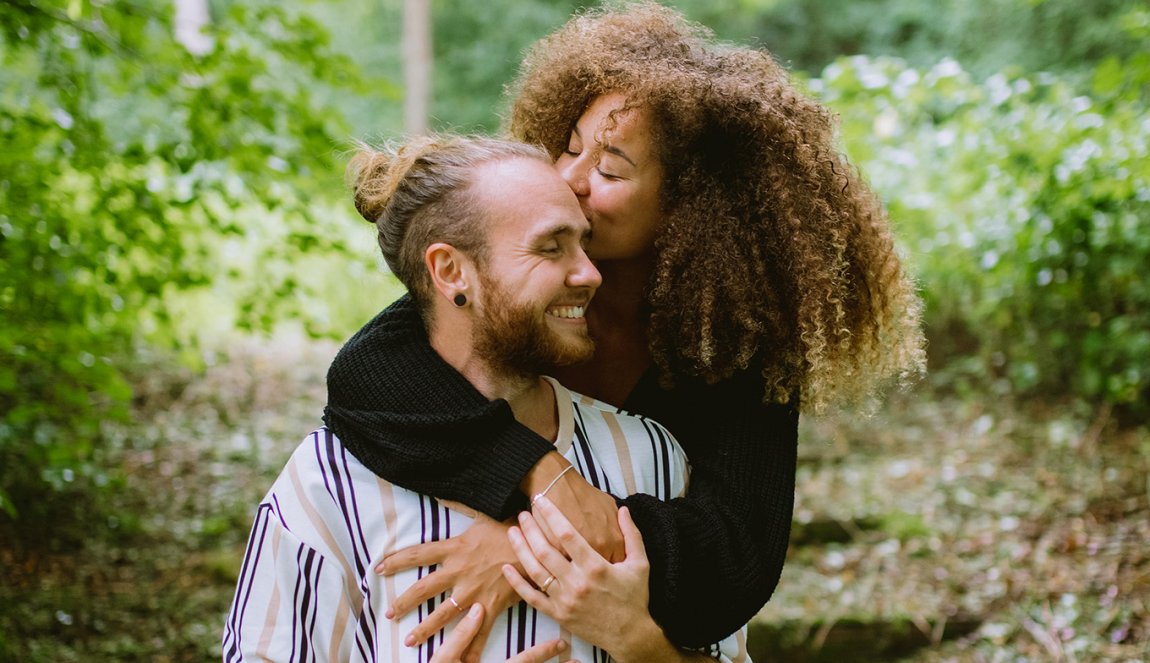
Broken chains
Ketikoti is originally a Surinamese holiday that celebrates the abolition of slavery. The name comes from the Sranan Tongo language and refers to the shackles used to secure enslaved people. On 1 July, many Dutch people celebrate freedom with a joyous parade in various cities such as Rotterdam, Utrecht and Amsterdam.
